|
The rise and fall of the Peppermint shrimps.
Just over 4.5 months ago I nervously introduced three Peppermint shrimp into my reef tank. All three settled into the rockwork on the left hand side of the tank and would pop out at feeding time to steal any fish food that happened to land near to their home. As the weeks progressed the Aiptasia gradually started to disappear and I rejoiced, they were welcome to steal fish food as long as they kept up with their main job of Aiptasia snacking. However as the weeks ticked by they became more disruptive, they would roam around the tank after lights out and try and steal extra food from the NPS corals. I would feed the shrimp directly to keep them busy at coral feeding time but they consumed it double quick and still wanted to steal more. It became impossible to feed the sun corals in the evening. I tried feeding them earlier in the day so that the food would be fully engulfed and well on the way to being digested before the shrimps came out prowling. This worked to a certain extent but no matter how I tried I couldn't get all of the corals to open up during the day. Plus I had fish issues to contend with (the yellow wrasse liked to steal food too at that time). I kept at it for a while but the sun corals weren't looking as great as they used to. Pre shrimp days they would look glorious in the evenings when they were all fully extended but they learnt that night-time brings out pointy/stabby claws so began closing up tight. The Dendrophyllia seemed more affected than the Tubastrea. One night I checked on the tank and saw a pair of shrimp climbing all over the Dendrophyllia trying to pull food out from within the polyp heads, I decided right there and then that the shrimp had to go. I kind of hated them by that point. The following evening I placed the small fish trap on the sand next to the Dendrophyllia, baited it with fish food and waited. To my disappointment and frustration not a single shrimp was interested in my all you can eat buffet. I tried again the following evening but still nothing, wth! Maybe the fish trap was putting them off somehow (I'm not a fan of it either to be honest, the door does rock to and fro due to the pulsing action of the powerheads). I decided to go old school and try a DIY trap. I simply took a plastic bottle, chopped off the top half and inverted it into the lower half. A small hole was drilled into the lower half so it could be baited with food and it was weighted down in the tank with a small rock. I added some bits of mysis etc and settled down to wait. 45 minutes later I had my first shrimp prisoner, woo hoo! The shrimp was transferred to the refugium to serve his (or her) jail sentence. I've named this shrimp 'the bold one'. The following evening I baited the trap again and waited... and waited... and waited but I never saw a single shrimp at all. I went to bed a little disheartened but determined to keep going till the remaining shrimp were caught. The next morning I got up to find that the trap had done its job overnight and caught another shrimp. The shrimp was cowering behind the tiny rock in the trap. I was really quite surprised that it hadn't managed to find its way out again. This shrimp, now known as 'the stupid one', was transferred to the refugium to join his 'bold' friend. Two down and one to go. I felt confident that one more evening and the final shrimp would be mine. However it proved not to be, although the shrimp approached the entrance to the trap at least three times it just refused to go in. I went to bed hopeful that it would enter overnight and be waiting in the trap to go and join the others in the morning. Sadly all I found in the trap the following day was a conch! I tried six more nights to catch the last shrimp (who was now named 'the clever one') but no matter how I baited the trap with tasty food he would not be caught. The Nassarius snails were having a field day instead, lol. As the days progressed I began to notice that the Dendrophyllia started to look a little better so I decided to call it quits for the time being. Two weeks of staking out the tank after lights out was getting somewhat old. It could stay put as long as it wasn't doing any damage to my corals. It's been a month since 'operation shrimp trap' and I am happy to report that sun corals have returned to normal again and look amazing once more. Unfortunately I've noticed some Aiptasia popping up once again around the tank.... Argh!!! One step forward and one step back yet again.
0 Comments
Ming the Pom Pom crab is actually still alive!! On the 13th September I had the first sighting of him since mid July, I thought he was a goner for sure so I was thrilled that he was still alive. Sometimes keeping a reef tank can be pretty darn miserable but on that day, it was an awesome reefing day.
He has set up his new base of operations at the back of the tank behind the Goniastrea. Now that I know where he likes to hang out I he's easy to locate and feed. Yesterday he popped out into the open for a wander so I was able to take a new photo of him. He's still carrying a single Aiptasia, I wonder why he only carries the one, maybe one is enough for his purposes? When I thought that he had died I visited a shop looking for pom pom crabs to replace him but fortunately there were none available. Who knows what would have happened if I had been able to find another, Ming is pretty big now (for a Pom Pom crab) and the ones I have seen in the shops recently have looked really tiny in comparison, he would have been all over a new one for sure. It would have been cool to find one so that they could share Pom Poms but but I would have hated it if there had been any aggro between the two. One of the opposite sex would have been cool though assuming they got along OK.... I am really rather hesitant to say this in case I jinx it but it does seem that the 3 Peppermint shrimp I added a month ago are actually eating some Aiptasia. At least the Aiptasia are disappearing where before they were increasing. Honestly I am quite surprised by this considering how much food I add. I fully expected them to fill up with left over food and ignore the nasty glass anemones but it seems that they have the appetite for both so yay! Needless to say I wished I had added them months and months ago now, lol. They don't appear to be annoying or eating anything that they shouldn't. I did try feeding some food the Acanthastrea (Micromussa), as I like to do occasionally but that proved a mistake as one of the Peppermints was on it like a shot. To be fair the Acan is located right by the cave where they hang out during the day so the temptation to steal some food must have been too great to resist. I won't be doing that again anytime soon.
It's been four long and rather painful months since the Berghia nudibranch experiment began, I'd love to say that they were a success but that's simply not true. I have watched and waited, patiently hoping for a miracle to happen but instead of the Aiptasia disappearing they have been increasing! Every day more and more of the little devils pop up. I guess the nudibranch must have all died or been eaten, poor little guys. It could have been the wrasse or maybe the Pom Pom crab. To be honest I never even considered that the crab might be a risk when I added the Berghia but I've since found out that that apparently they can be. An expensive oversight on my part. Anyway the time has finally come to accept that the nudibranch experiment was a fail and move on.
I've tried the proprietary Aiptasia killing treatments (another epic fail) so plan C will be Peppermint shrimps. I've been resisting adding these for the longest time because I fear the possible food stealing/coral destroying aspect. Also since I add so much food for the NPS corals then the shrimp will probably want to eat that in preference to nasty Aiptasia but hey, nothing ventured nothing gained. I have to try something that's for sure. On the 15th May 2021 I nervously introduced 3 Peppermint shrimp, Lysmata wurdemanni. So far I haven't seen them eat any Aiptasia but neither have they eaten any of my prize corals so I'm thankful for that. I'm not feeling too hopeful I must say. Please oh mighty shrimp, eat the nasty (oddly attractive when close up) Aiptasia. It's been almost two months since I added the Berghia nudibranchs and frankly I was starting to get a bit downhearted. Every day I'd check the tank for visible Aiptasia hoping to find just one less only to be bitterly disappointed every time. The Aiptasia numbers were growing rather than reducing. The Beast has been positively flourishing, flaunting its babies in front of me. Today though I discovered a tiny ray of hope. I actually found a Berghia still alive!!! What's even better is that is was sitting in the spot that an Aiptasia previously resided. Hallelujah! Maybe there is hope for Operation Aiptasia after all.
Day 4: The Beast is getting bigger, I may have to break off the rock it's attached to at this rate. Of all the Aiptasia I have been keeping an eye on none have been touched yet. The egg spirals laid on the small piece of rock have vanished so something probably ate them over night, I'm feeling pretty gutted about that. Day 5: No change in Aiptasia but I can confirm that one of the nudibranchs is still alive, how do I know this? Well, I discovered one sitting on the silicone bead at top left corner of the tank first thing in the morning. Err, no there aren't any anemones to eat up there! The nudibranch stayed there all day along, at least it didn't get eaten. Day 6: No change and the Berghia is still in the same spot on the silicone, is it on hunger strike? I moved the small rock a little so that I could take a photo of some odd looking polyps that seem to have sprung up from nowhere (more on this later) but as I did that I discovered some more eggs spirals had been laid inside a hole. Hopefully these will be more protected from predation unless mini brittlestars have a taste for nudibranch eggs in which case they will be toast. Day 7 (today): The Berghia has vanished from the silicone, hopefully it's gone in search of a snack. No visible change in Aiptasia, well they did say it could take a while...
Day 8: Nothing new to report. I can't see if the egg spirals are still intact or not. I just wish that one tiny Aiptasia would vanish offering me at least some hope for the future control. Oh well I guess need to be patient a little longer. Despite my very best efforts, Aiptasia anemones have taken a hold in my tank. I tried killing any that I discovered with Red Sea Aiptasia-X but more often than not they just bounced back. I moved on to NT Labs Anti-Aiptasia, that proved equally useless. Some would say that the problem lies with me but no matter how carefully/stealthily I approached the anemones to apply the killing solution they would hunker down and reappear a couple of days later. I also tried covering them with putty but no matter how carefully and forcefully I squished the putty down around the Aiptasia they would manage to find a way around it. As things stand I have one rather large Aiptasia (aka The Beast; it looks massive to me) and more than a fair few tiny ones. In fact the more I look with a magnifying glass, the more I find. So basically I've come to the conclusion that they are everywhere and if I don't do something soon it's going to get a lot, lot worse. It's time to get serious about this. Plan A: Berghia nudibranch. These tiny sea slugs eat Aiptasia and only Aiptasia so are guaranteed to do the job if they survive long enough. The recommended number to add is 1 Berghia per 50l of water with a minimum of 3. My system is approximately 380l so I would need 8. Also there is a risk that wrasse might try and eat them even though they taste bad so it's also recommended to add an extra one in case one gets sampled. Now I have 3 wrasse, I can't imagine that the Pink Striped or Possum wrasse would eat them but the Yellow wrasse certainly might. I opted to order 10 to cover all bases. The little guys were delivered on Tuesday 19th January from Berghiaonline, they were packed in a box with a heat pack which was still toasty on arrival and they all looked to be in good condition. Somehow I expected them to be bigger but in reality they are quite small. I took extra care with acclimation because firstly, I wanted to maximise my chances of them surviving and secondly, I wanted to wait till the Yellow wrasse went to bed before introducing them. When transferring them from the pot to tank it's important not to scrape them off as this can damage them, instead it's recommended to use a pipette to dislodge them before sucking them up and depositing them in the tank. However the best and easiest way of adding them is to just place the whole pot in the tank and let them move out when they're ready. Naturally I chose the easiest and safest option, these babies are precious there was no way I was going to risk death by pipette. If I could have, I would have placed the pot with the open end right next to The Beast, lol. Come and get it guys, dinner is served! However that proved impossible to do so I had to make do with placing the pot on the sand and leaning it against the bottom of the rockwork. I was concerned that the pot would become dislodged overnight by a hermit or snail and end up rolling around the tank in the flow so I had the brainwave to weigh it down with a small rock and I had the perfect rock in mind. It came equipped with at least 3 tiny Aiptasia snacks, so if they felt peckish before moving out they could have one for the road so to speak. Day 1: I rushed down to see if The Beast was gone but darn it! It was still alive and healthy. As far as I could ascertain all the Berghia were still mooching about in the pot. As the lights became brighter the nudibranchs took refuge in small holes in the rock or hid underneath it. OK, out of prying eyes of hungry wrasse at least. Disappointingly the tiny Aiptasia growing on the rock in the pot appeared untouched. To my very great surprise during the course of the day one of the Berghia laid a spiral of eggs on the small rock, I have to say I was pretty chuffed with this, more recruits for my Aiptasia munching army assuming they managed to survive to hatching. Day 2: The Beast still remains untouched. The pot appeared devoid of nudibranchs but they could be out of view in or under the rock. I opted to leave the pot where it was for a little while longer mainly to protect the newly laid eggs. I feared that my hermit crabs might find them an irresistible snack given the chance. By the afternoon however a hermit had managed to find its way into the pot and had no way of escaping. It was unconcernedly picking 'food' off the small rock. This forced me to take action, I removed the pot, liberated the hermit crab and placed the small rock on the sand next to the rockwork. As I was placing the rock I discovered the nudibranchs had laid another two spirals of eggs (on the opposite side of the rock to the first batch). Pretty cool huh! I hope that they don't all get eaten now that they are exposed to fish/crabs etc. Day 3: The Beast is thriving dammit! In fact I don't see that any Aiptasia have been touched even some really tiny ones, that's not to say some haven't, just none that I can tell. There's no sign of any Berghia, hopefully sitting tight, hidden in the rockwork and building up an appetite. The eggs have survived the first night in the tank, maybe they are not very appetising to hermit crabs? Fingers crossed.
That's it for now, I hope and pray that these little nudibranchs do the trick and rid my tank of Aiptasia. Time will tell I guess. If they don't make it then I'll have to move on to plan B.... One of the recently added Trochus snails has sprouted a lush growth of Ulva on his shell. From what I've read this algae seems to be doing the rounds at the moment and since I don't keep any big herbivorous fish, or indeed intend to, it could become a headache for me if/when it spreads. Also I've noticed the appearance of a few patches of what I believe to be green cyanobacteria on the rockwork. I'm hoping this doesn't get any worse. Lastly I discovered another tiny Aiptasia in the tank. . It was growing on the tube of my Coco worm, either it came in with the worm or it has settled onto the tube whilst it's been in my tank, I kind of hope it's the former and not the latter. Where there's one there's probably many more waiting to be discovered. Oh joy! Now for some possibly good news, the Coco worm, Protula bispiralis 'seems' to be doing quite well so far. I'm basing this off of the fact that it's extended it's calcareous tube quite a bit over the last month. If it can lay down some new tube then it must be getting enough to eat, right? When I came to treat the aforementioned Aiptasia with Aiptasia-X, I tried to make it go in first by poking it but despite literally brushing the feathery head three or four times with a pipette it refused to retract. I went ahead and treated the Aiptasia anyway and it stayed out during the entire procedure. I was somewhat concerned by this lack of responsiveness but I just watched a hermit crab crawl over the worm today and it retracted quick as a flash so I guess it simply wasn't bothered enough by me. Here's a few crappy zoomed in iPhone pics showing the tube growth. The first shot was taken on the 3rd June and the second was taken this morning, 4th July, just over a month later. Also I made an exciting discovery whilst performing a water change. I was pumping fresh saltwater into the sump when I noticed some unusual ‘blobs’ moving around down there. On closer inspection I discovered they were baby Trochus snails. How cool is that! OK, I know it’s nothing unusual for snails to spawn in reef tanks but this is the first time I have actually had them settle out and grow into proper baby snails in my tank. So far I have counted 4 of the little chaps but I'm sure there will be more hidden away.
Here’s one of the wee chaps cleaning the base of the skimmer. He’d better not make his way into the pump..... I let the tank and myself have a breather for a week following 'clamgate'. Clive the clam appears to be fine after the incident and I'm pleased to report that nothing succumbed to an excess of clam ‘protein'. Then I transferred over my two remaining Acropora (gomezi and hyacinthus). I'd been putting off moving these because as we all know SPS can be tricky in new systems but it had to be done and if they didn't make it that'll be that. The A. gomezi was super easy because it's a tiny frag on a frag plug but the A. hyacinthus had grown rather large. I tried my best to frag it off the rock in one complete piece but, yeah that didn't happen. It broke into three, I was going to keep the two largest but in the end I opted to add a single bit only (easier to fix down). Those who followed my old thread may remember that the Reefer 170 had an issue with red bugs. I hadn't seen any of the little red devils for ages but that doesn’t mean that they were all gone, I can only hope. I dipped both frags in Reef Primer and checked them quite thoroughly before they were transferred.
Now we get to the big one. On the 26th April I decided to complete the tank transfer and shut the Reefer down. Prior to this I made one last concerted effort to catch Rei the yellow wrasse and Spike firefish but Rei would only poke his head briefly into the trap and Spike avoided it entirely so it was simply a no go. We did try catching the Spike using nets and acrylic baffles, much chaos ensued with the tiny fish outwitting us every time. The strip down progressed pretty much as planned with no disasters to speak of, I found it quite stressful nonetheless. We emptied out the water and rocks in stages. The corals that I wanted to keep were cut off and placed in one bucket with the remaining rocks/corals going into another. Spike the firefish was cornered with a net and safely removed. Ming the Pom pom crab was discovered clinging to the underside of a rock. Finally we were left with a tank containing a little water, one last piece of rock and sand. With my breath held, the rock was lifted out revealing Al the pistol shrimp and Flash his Whitecap goby partner hiding underneath. Phew! A careful bit of sand exploration was required to flush out Rei the yellow wrasse. Swipes the porcelain crab was MIA at that point so we had to carefully go back and examine every bit of rock again placing them one by one back into the Reefer as we went. Finally we discovered her hidden in a hole in one of the base rocks. That was pretty much it except for one last thing of note, I discovered a rather scary number of Aiptasia living in the overflow weir along with half a dozen baby sun corals. Following the transfer Rei the yellow wrasse hid in the sand for a whole 10 days before finally deciding to make an appearance. I honestly thought he’d died from stress or something. Everything else made it through OK which I’m relieved about. The fish were naturally pretty freaked out however so I didn’t take any photos for ages. The Acros are still alive and growing but have lost colour which is probably down to the poor nutrient situation. There have been a number of reports circulating recently that TMC eco reef rock leaches phosphate and silicates but apart from a brief spike of phosphate during the cycle that hasn’t been my experience at all. Nitrate and phosphate have been consistently registering as zero on my test kits (Salifert and Hanna respectively). In the old days this wouldn’t have bothered me much but the internet has taught me to fear the dreaded D word. For a while I saw a little growth of what looked like some brown algae on the rocks but when viewed along the length of the tank with natural lighting behind was in fact green hair algae. There must have been some nutrients knocking about somewhere to fuel the growth. This algae started to become a little more pronounced so I decided the CUC needed a tiny boost. Two weeks and 6 small Trochus snails later most of this algae was gone, I felt quite pleased with myself. However the removal of the hair algae shifted the balance somehow and combined with a lack of nutrients I began to see the appearance of dinoflagellates on some of my gorgonians. Normally I would take a watch and wait approach but it’s hard not be affected by some of the algae horror stories I have read online. I dusted off the microscope and identified the species as Ostreopsis, fearing a full blown infestation along with the death of my beloved snails I decided action was required in the form of nitrate dosing. I had already been feeding quite heavily to that point including Reef roids and phytoplankton but it didn’t seem to have made any measurable difference. It felt wrong to be actually dosing nitrate! I began with a laughably tiny amount (0.5ml of Brightwell’s NeoNitro per day, 12.6ml will raise my tank volume by 1ppm so 0.5ml was nothing lol). After 6 weeks I gradually increased the dose to 4ml per day, during this time the dino growth increased slightly, mainly evident on the gorgonians, but never turned into the major disaster I feared. The gorgonians still had their polyps extended and the snails seemed fine too. I continued my weekly water change regimen using the opportunity to siphon as much of the dinos as possible every time (not recommended I know but I like to perform water changes). When the tank was 4 months old I sent off the first ICP sample. I discovered elevated levels of Cobalt and Aluminium. I have no idea where they have come from, leeching from the rock maybe? The nitrate level was 0.02mg/l, phosphate was 0.03mg/l and silicate was 66ug/l. Iodine was a bit low as expected (and some other elements low as per usual). //lab.atiaquaristik.com/share/3023c74a1cf286bcd614 Finally after 7 weeks of dosing nitrate I started to register 1ppm on the Salifert kit, incredibly the dinos started to recede! This might have been a coincidence of course and nothing at all to do with the nitrate level but either way I am happy. I am curious to know why I’m not registering a release of phosphate and/or silicate from the TMC eco reef rock. Perhaps the corals are soaking up the nutrients as they are released, the gorgonians are growing very fast. Or maybe the rock is hatching a plan to trip me up later on down the road. Last month I was peering into the back of the tank and spotted an odd looking tentacle waving around. I stared a bit closer and discovered a fully grown Aiptasia anemone happily growing back there, argh!! Where did it come from? How long had it been there?? I have absolutely no idea, lol! I could only find the one which in itself appears to be a minor miracle. It was well hidden behind the sun coral from one side and large bushy gorgonian from the other. It was pure luck that I discovered it at all to be honest
Even though it seemed to minding its own business and not harming anything I decided it needed to be dealt with. Out came the Aiptasia RX and I gave it a good dosing. The next day I realised my mistake, the Plexaurella gorgonian that's sited on the rock below looked really rough. All the polyps had retracted and they stayed retracted. Clearly it must have taken an accidental hit from the Aiptasia treatment. For five days it showed no life whatsoever and then on sixth day a 4cm section of the uppermost branch just melted away exposing the stalk underneath. I feared the worst but on day seven some of the polyps on the lower branches started to extend once more and over the next week it gradually returned to normal. Eighteen days post treatment it looked good as new, the entire section of branch that had stripped had been covered over again. Amazing! Oh and by the way there's no sign of the Aiptasia (for now). |
AuthorHi, my name is Lisa and I live in Derby, UK. I am a self-confessed reefaholic! Archives
July 2022
Categories
All
|
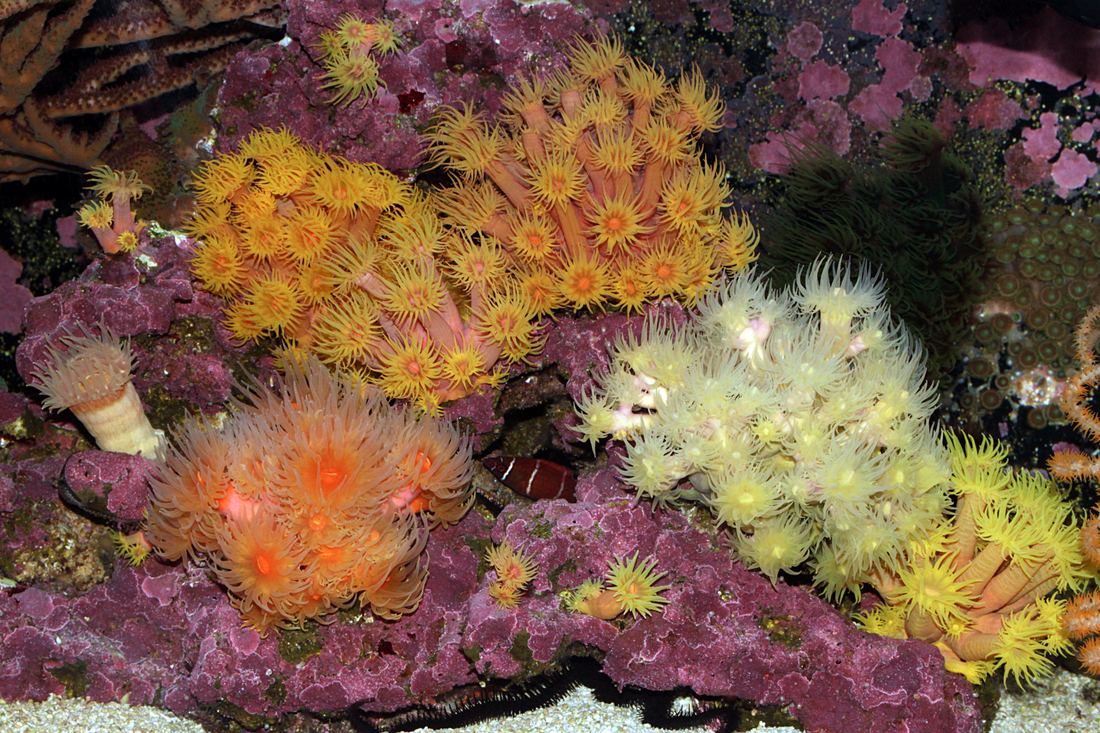
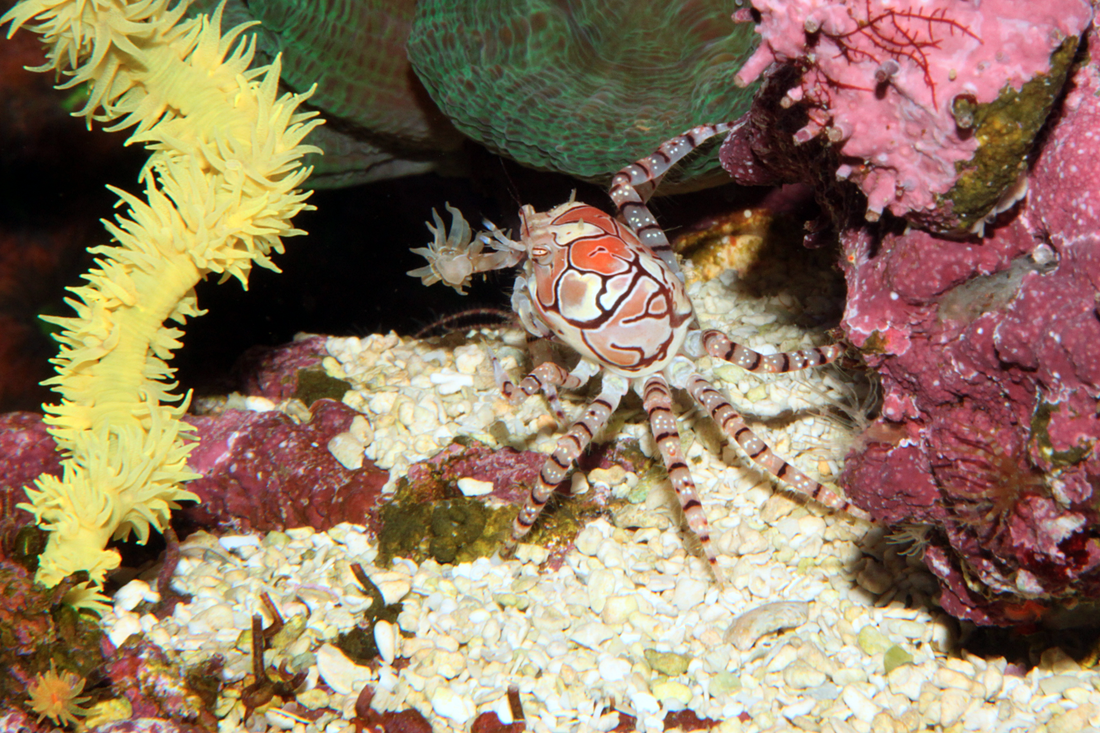
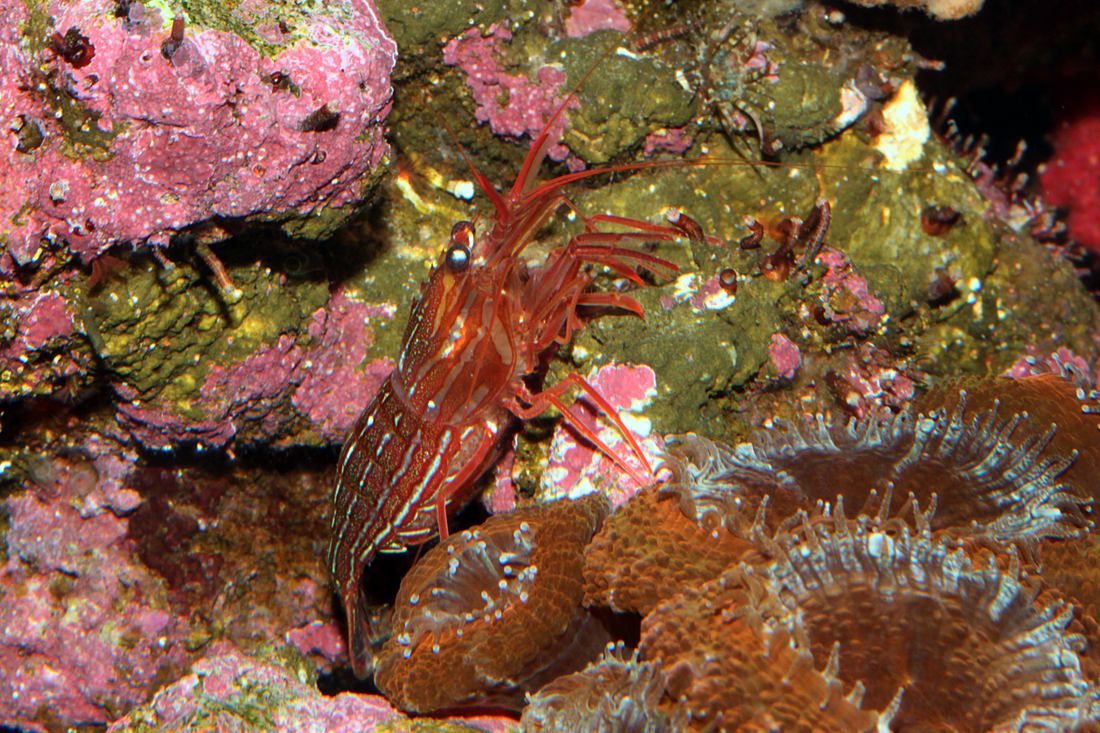
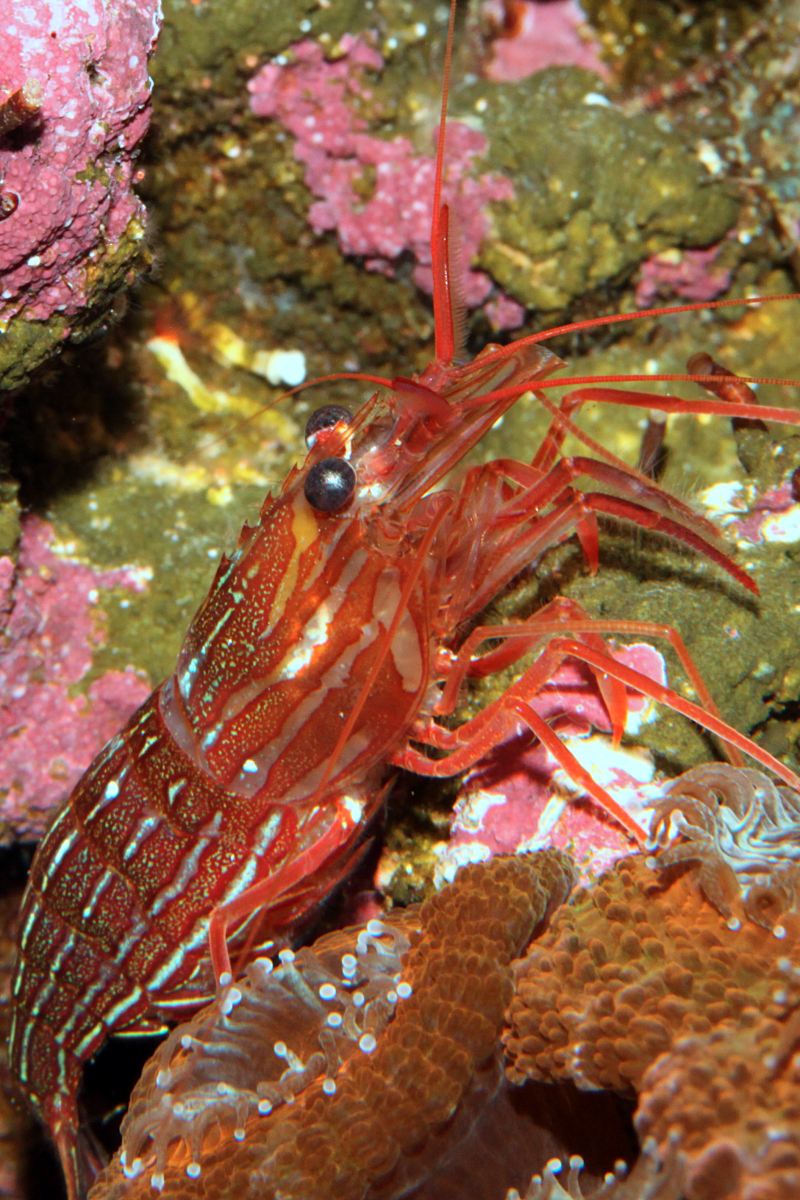

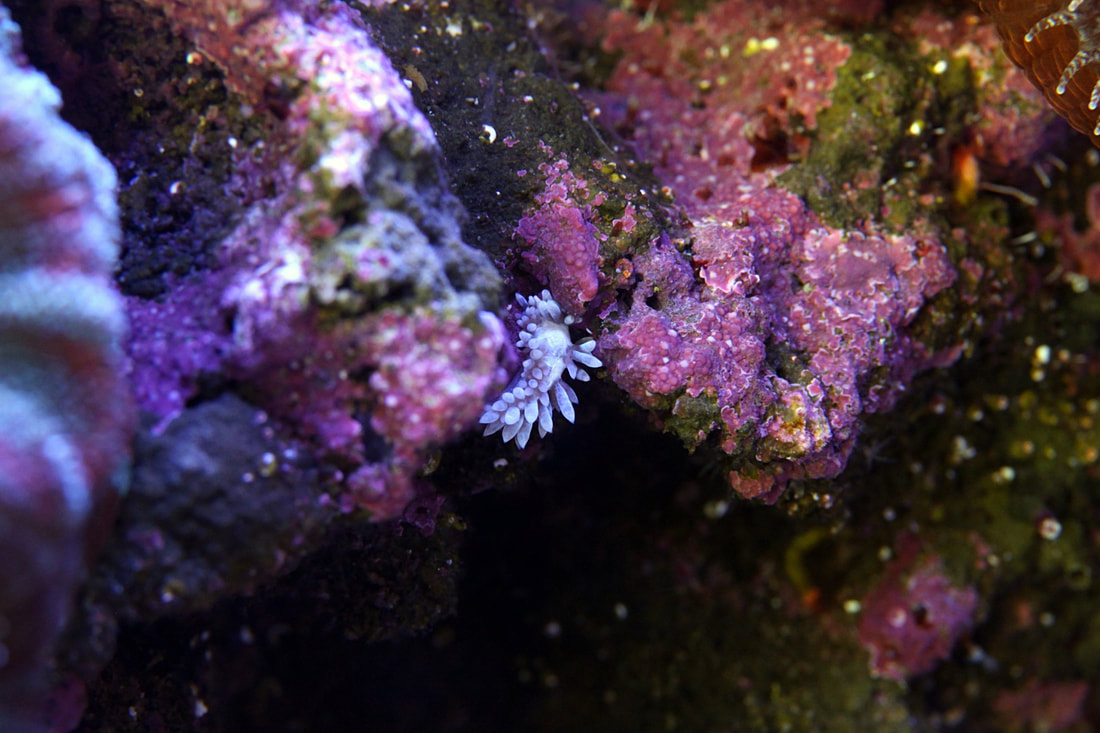
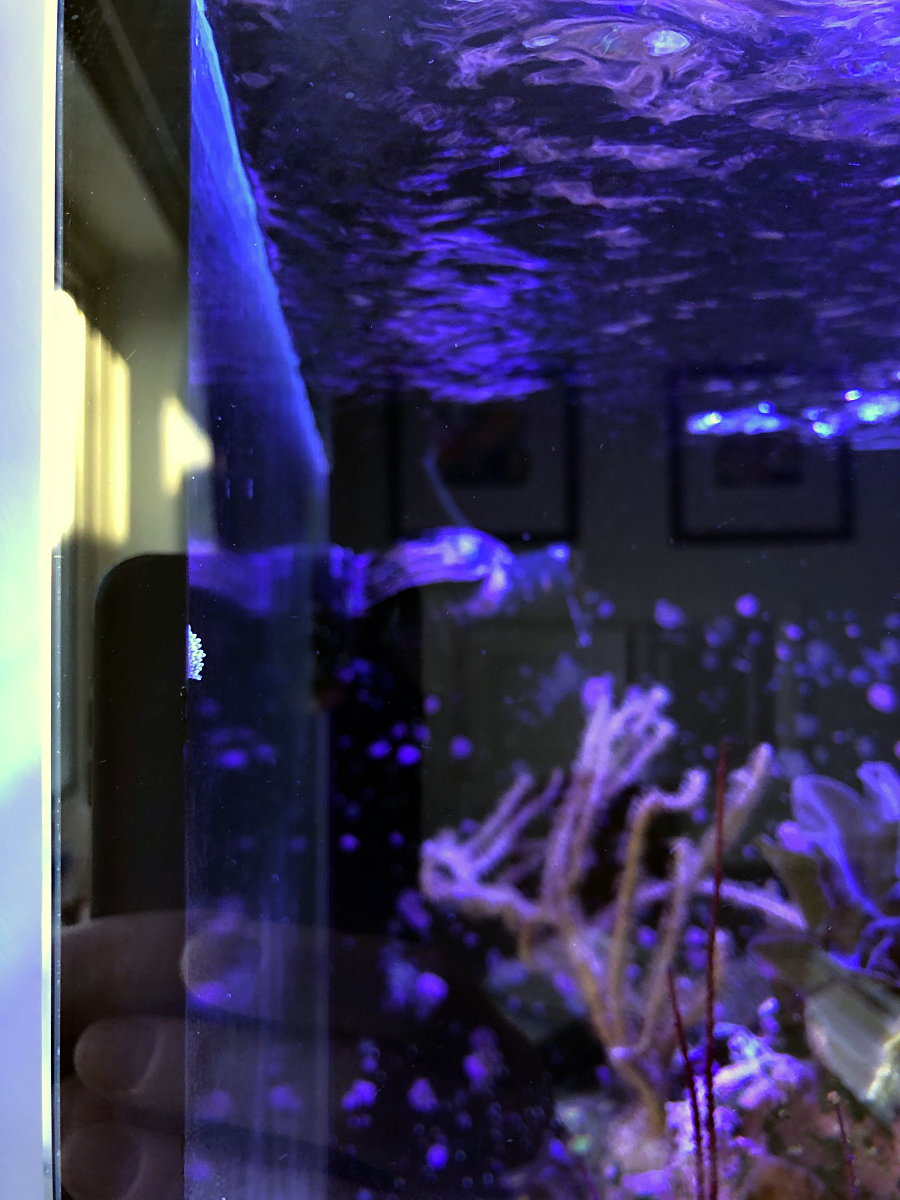

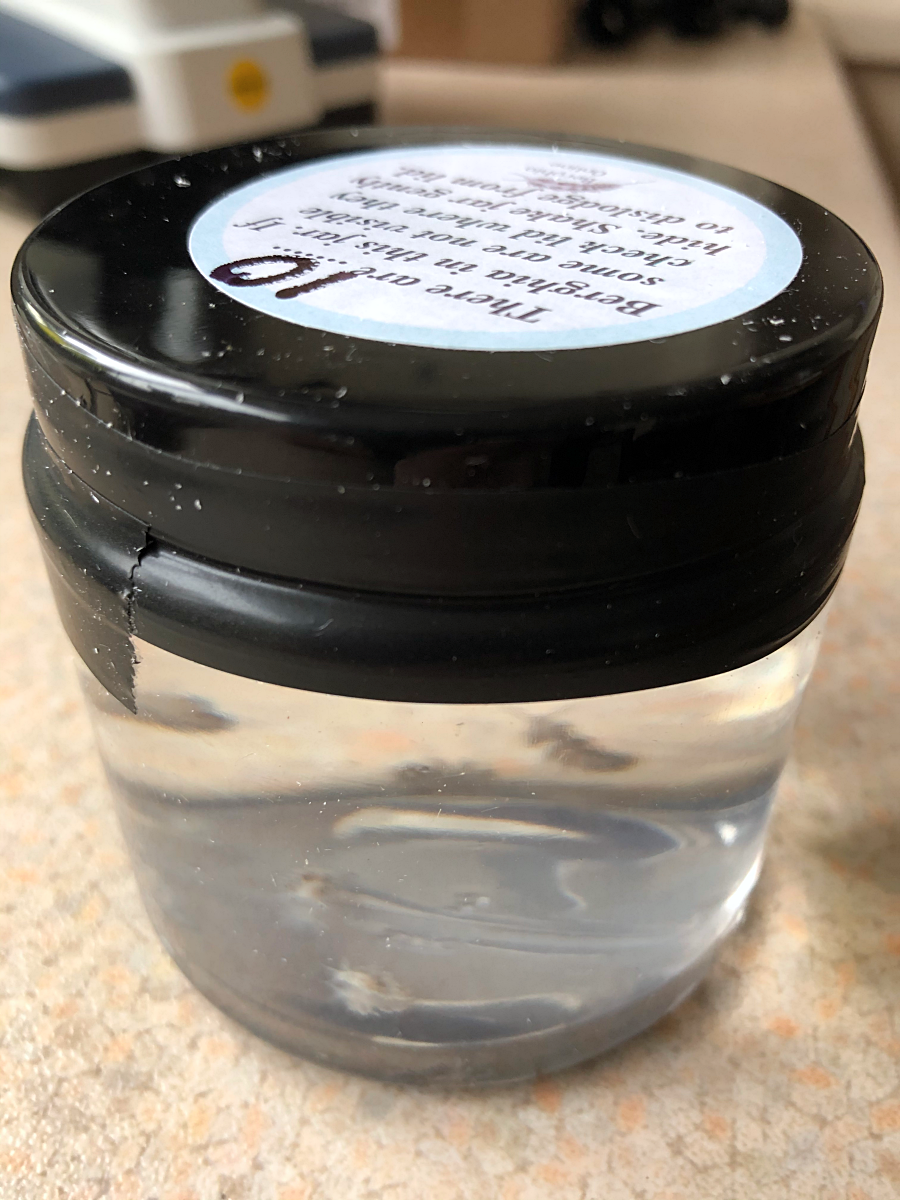
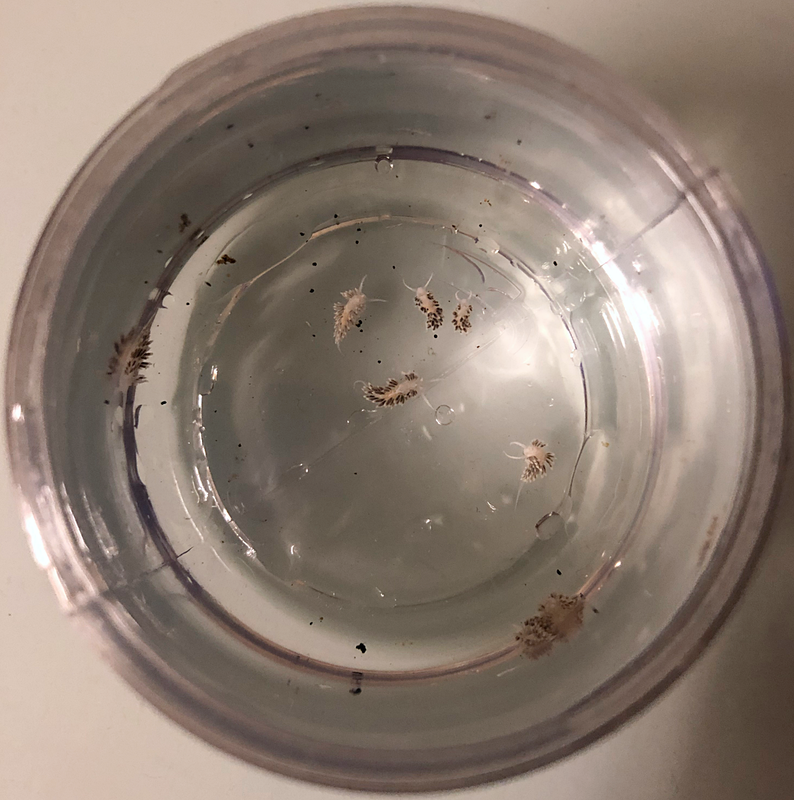
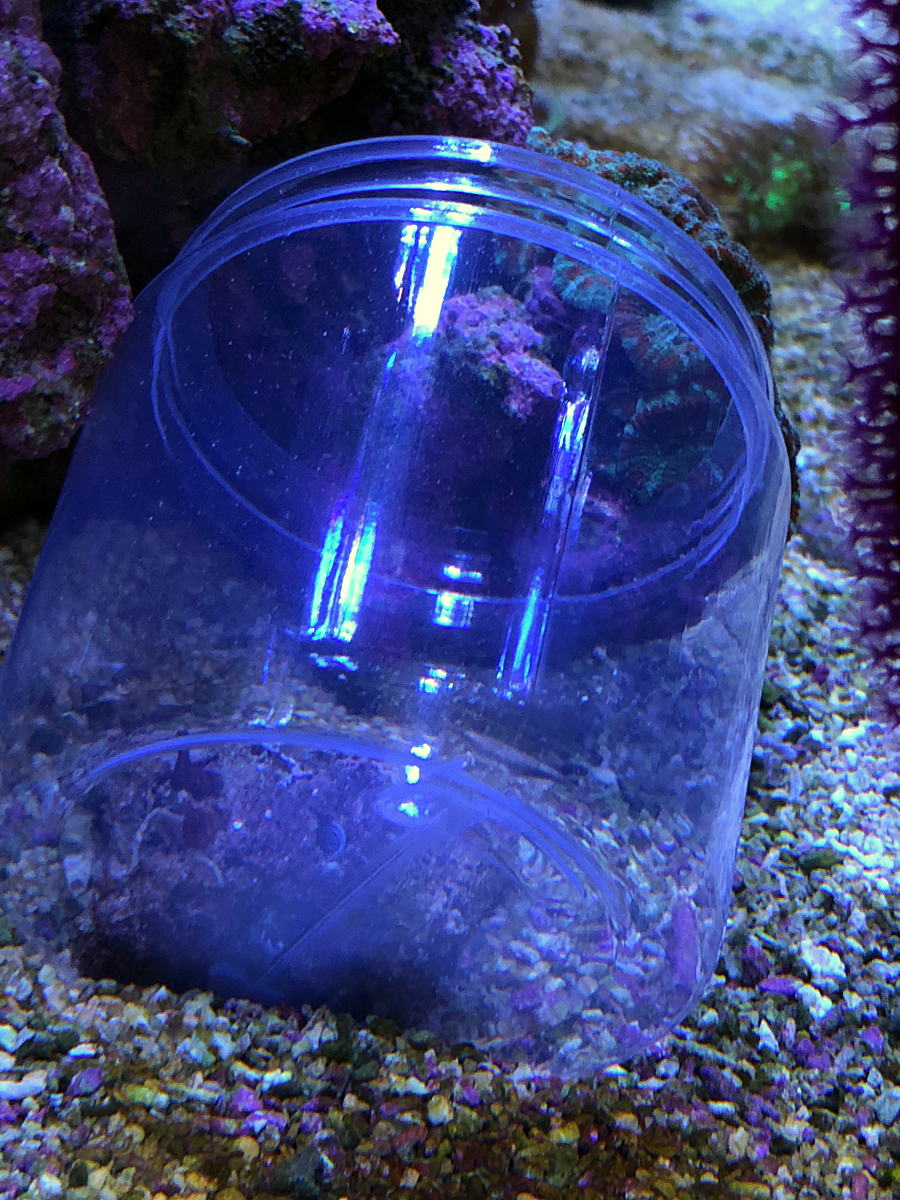
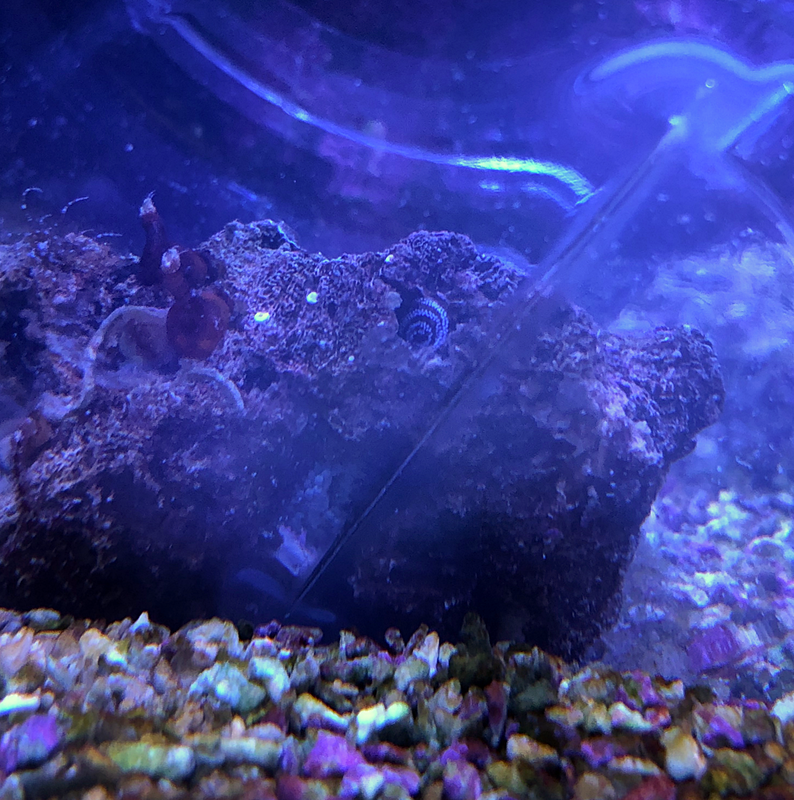
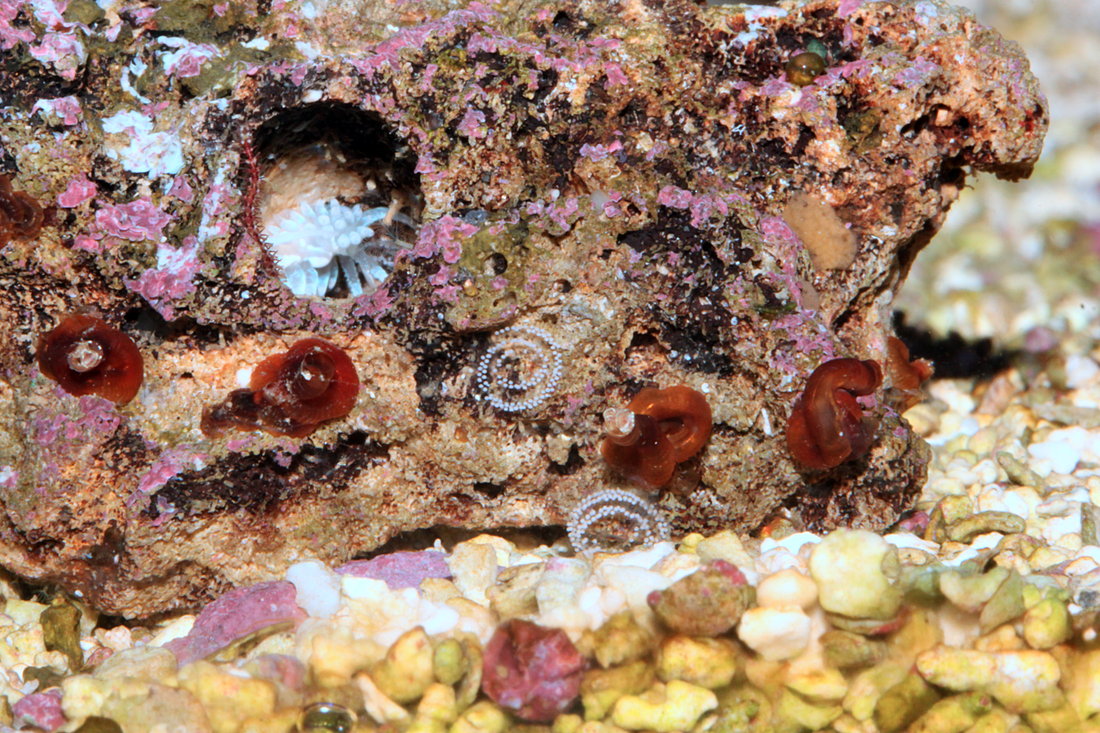
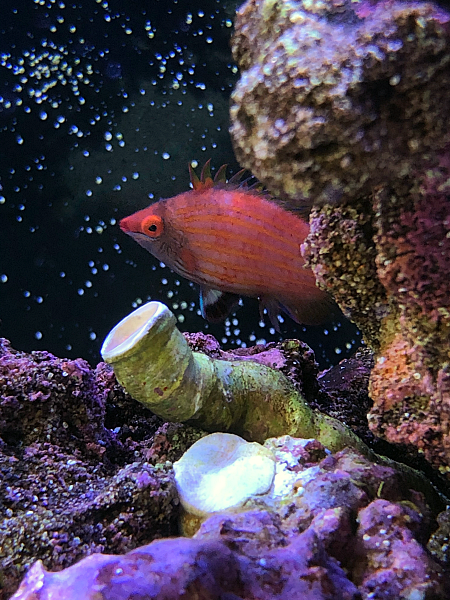
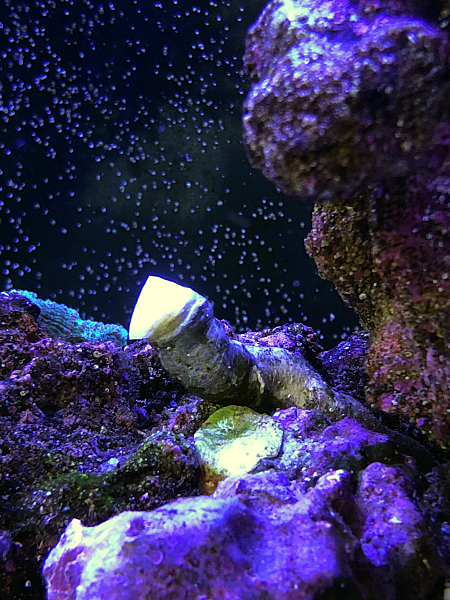
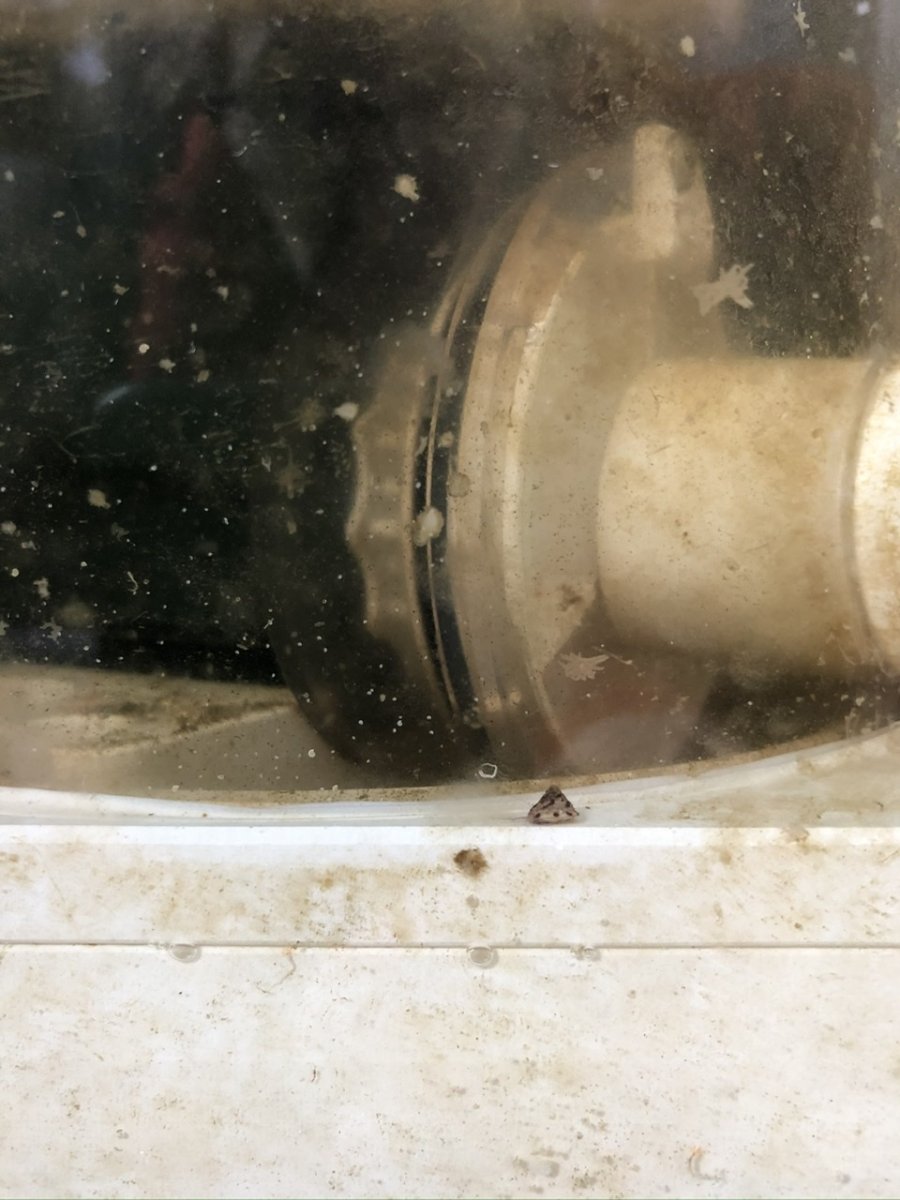
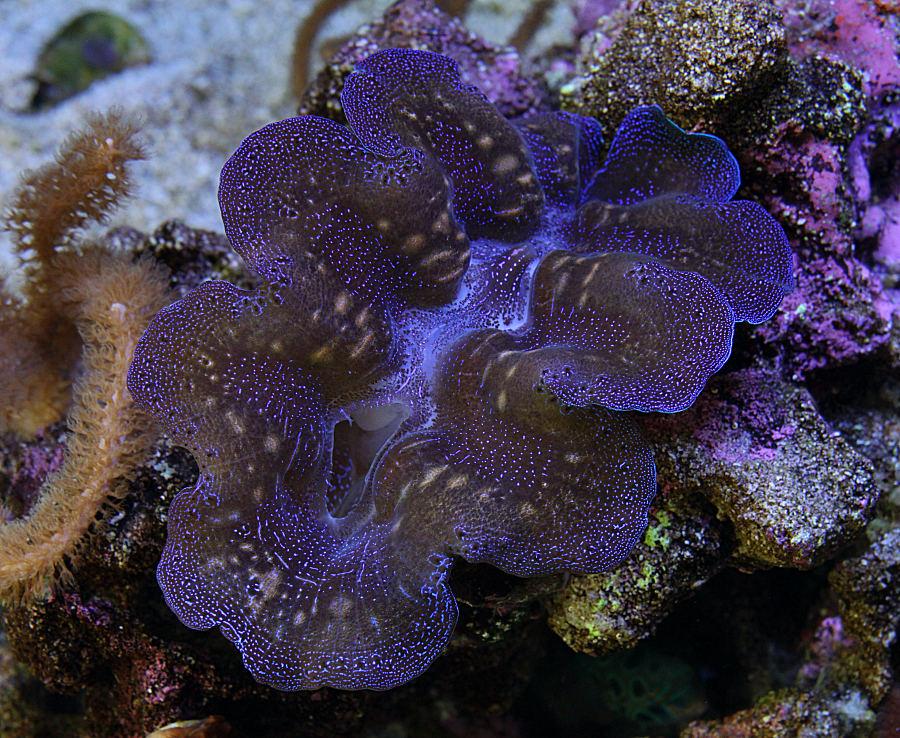

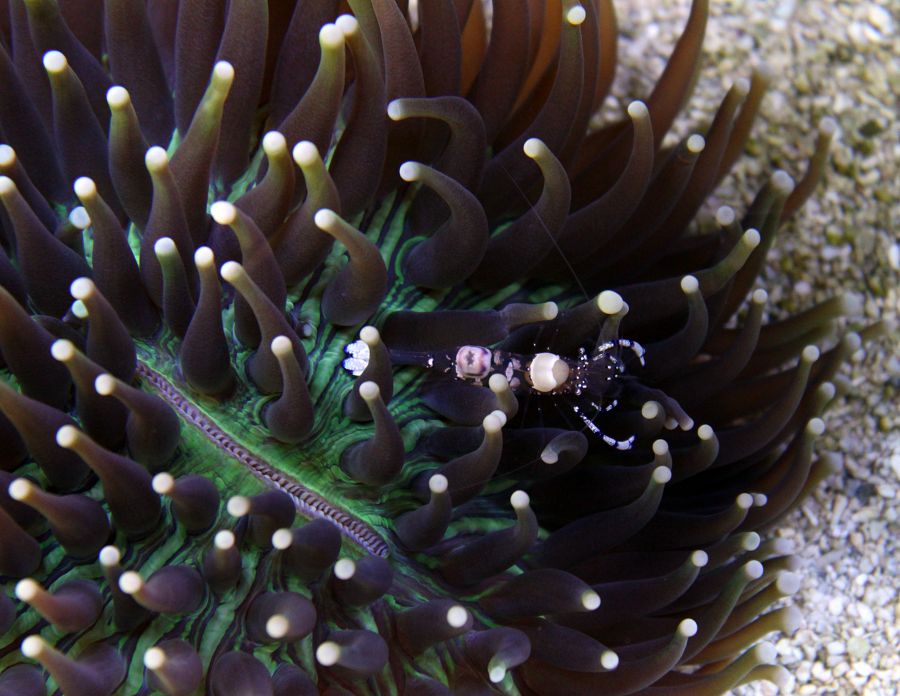
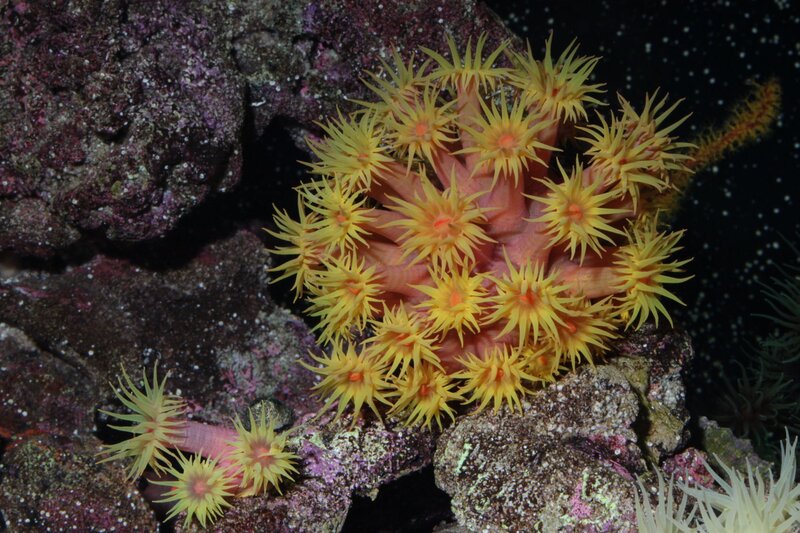
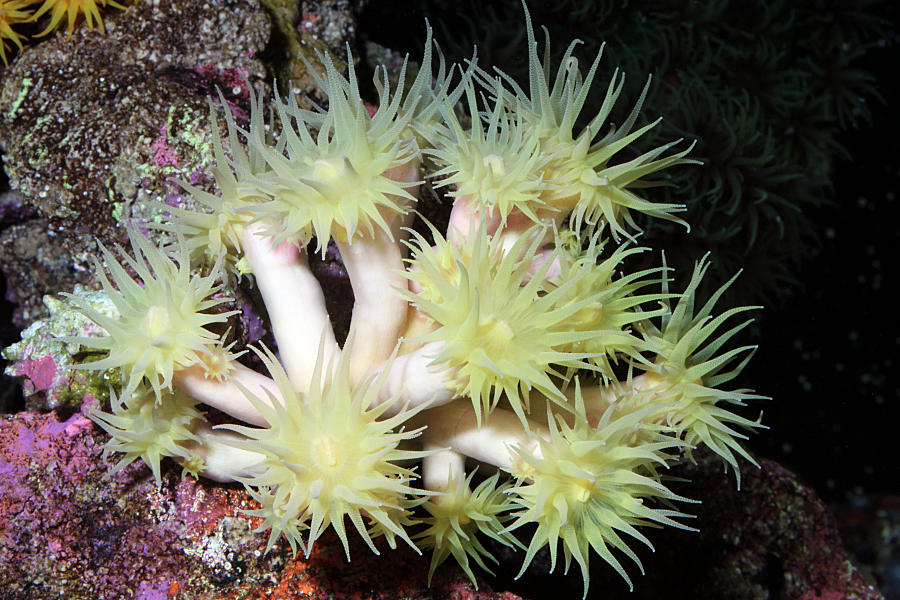
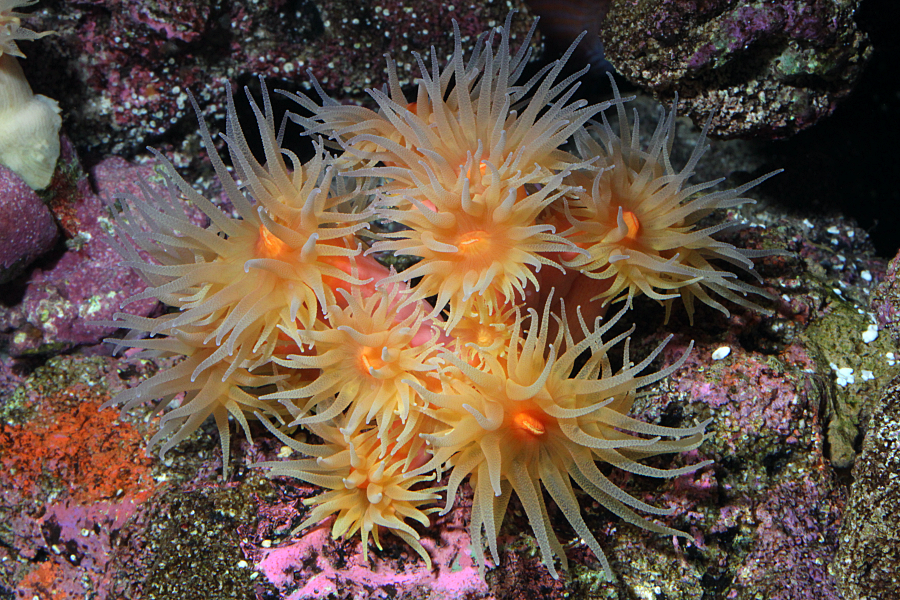
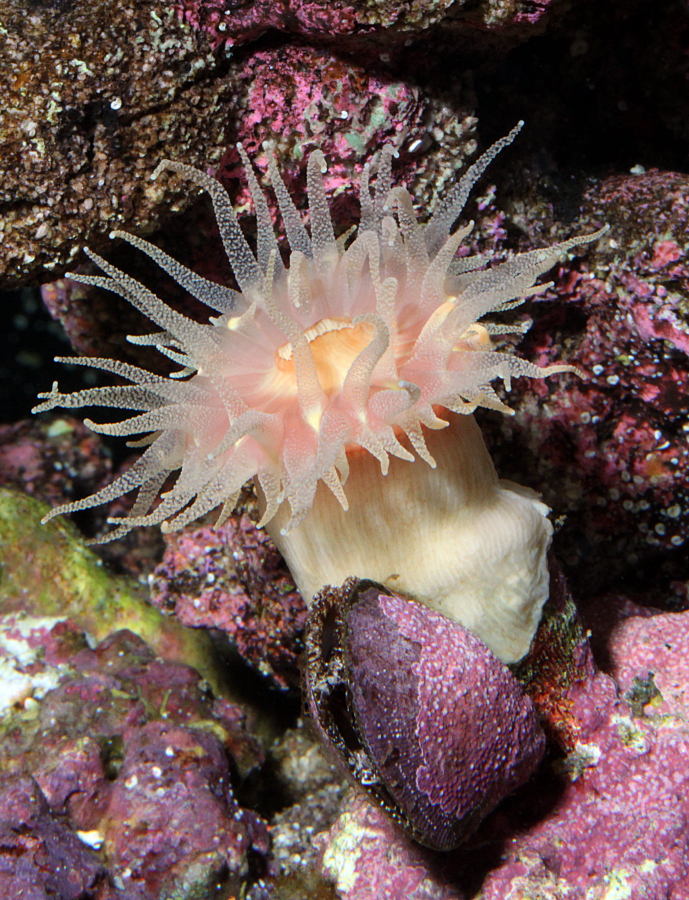
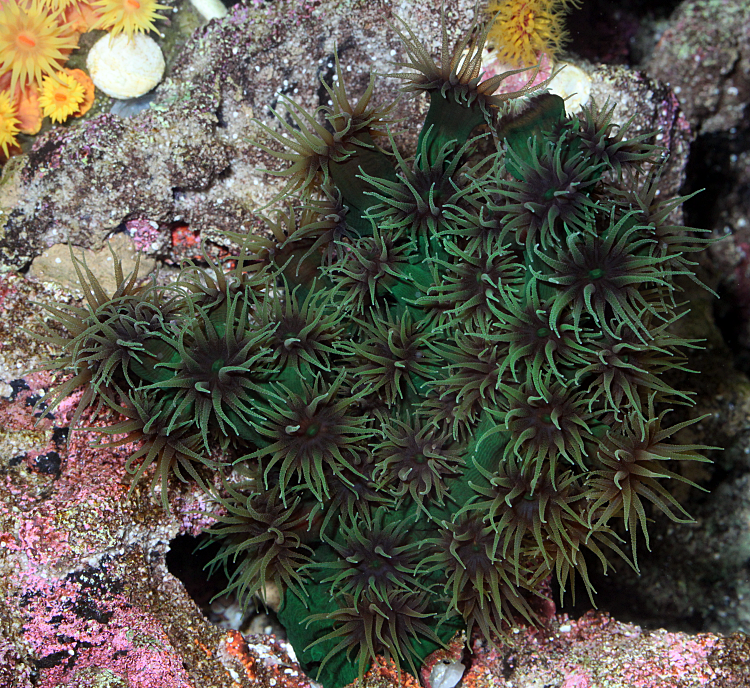
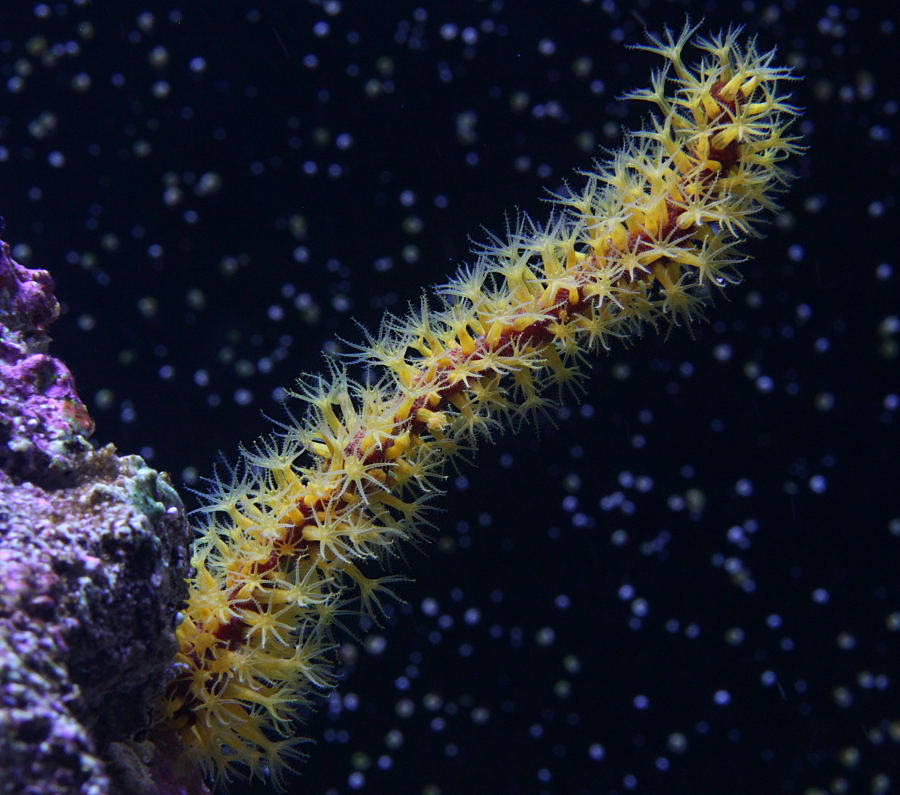
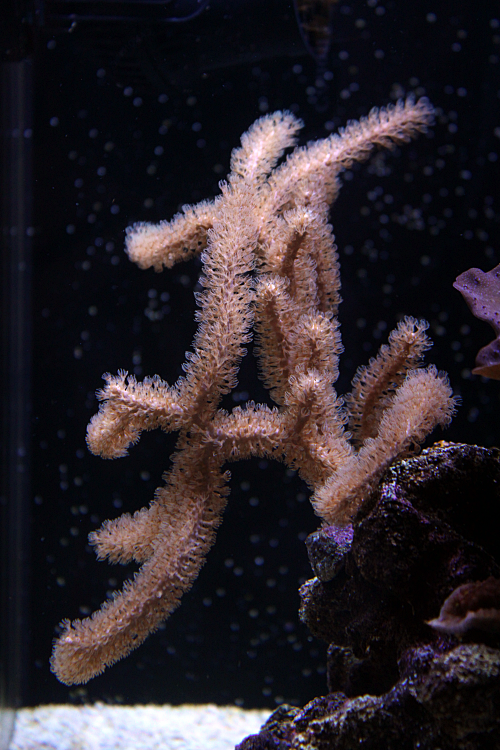
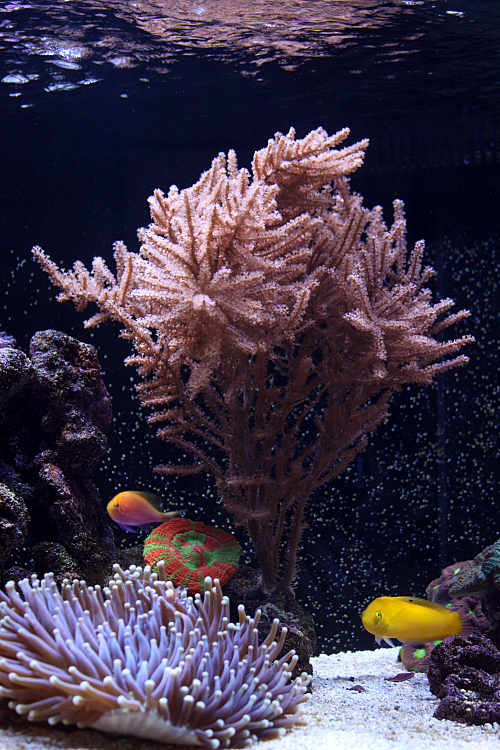
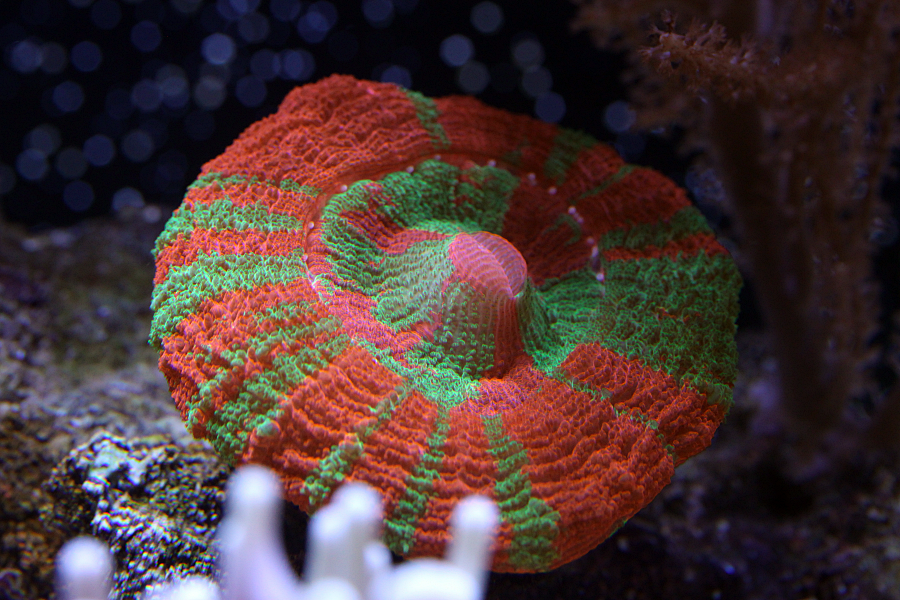
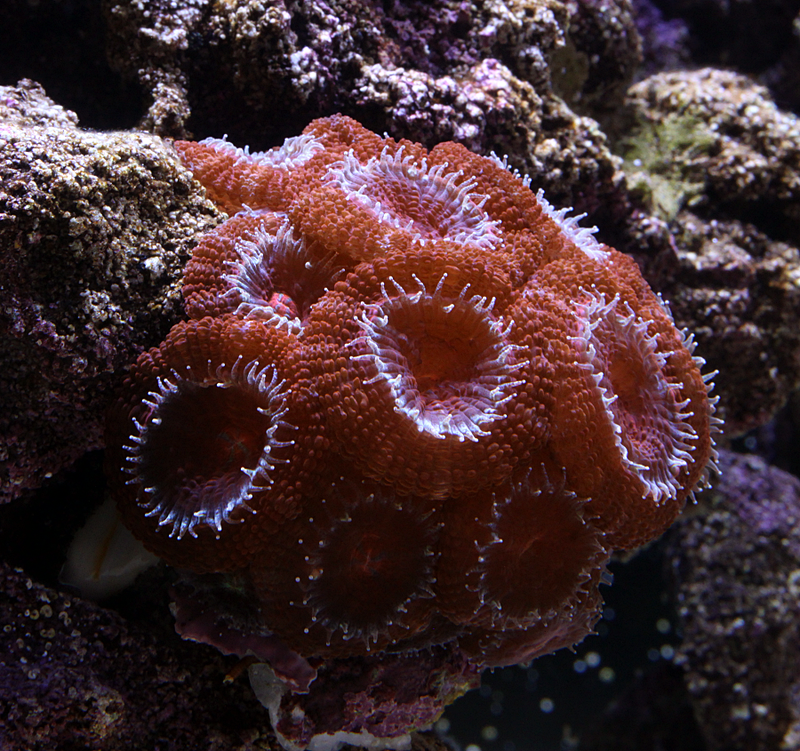
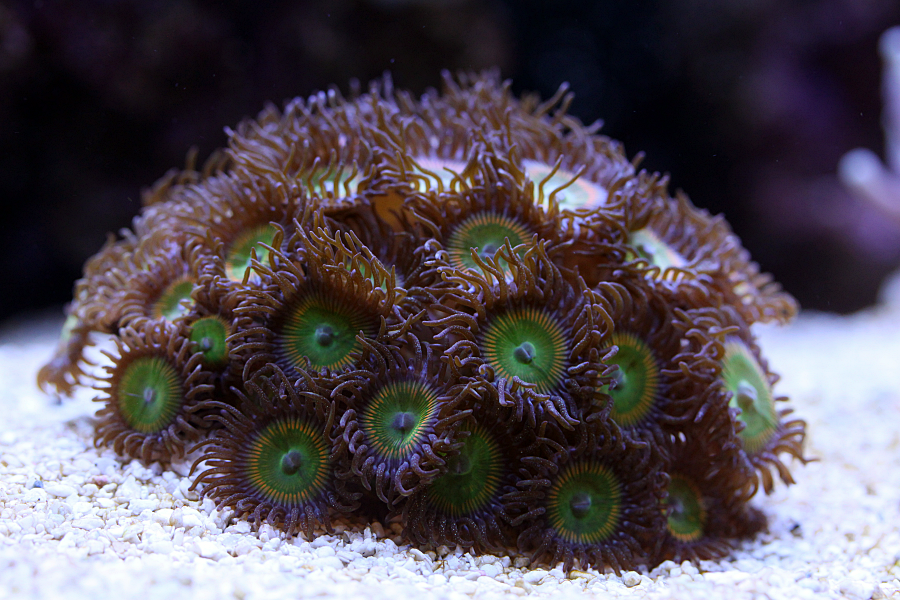
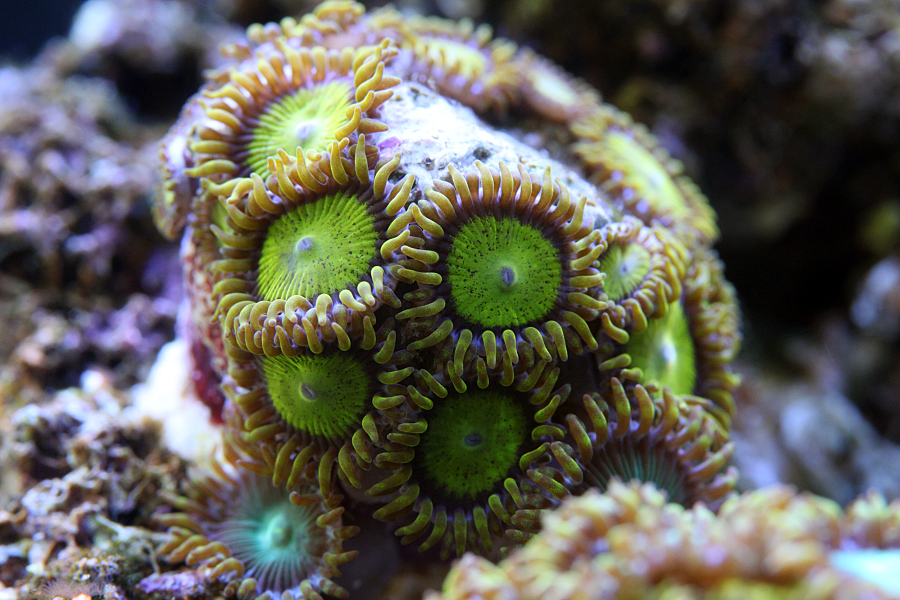
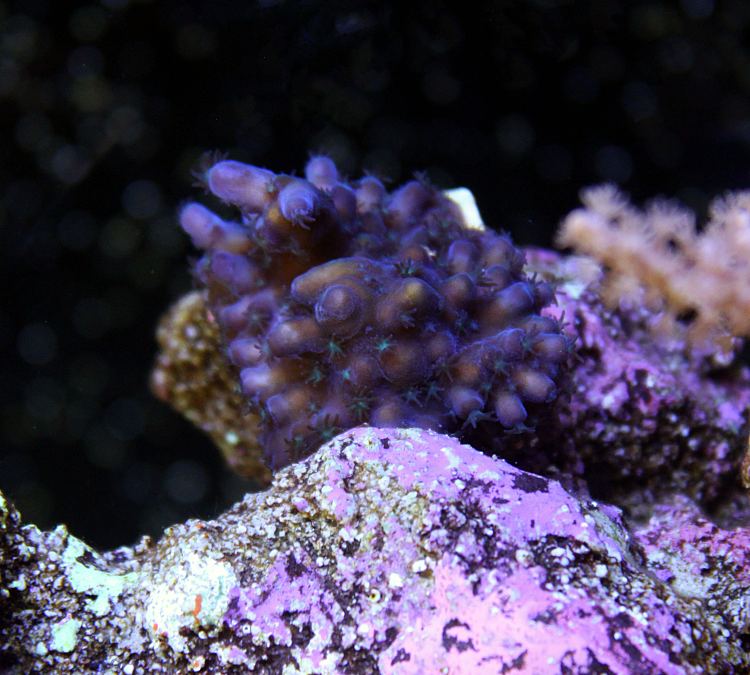
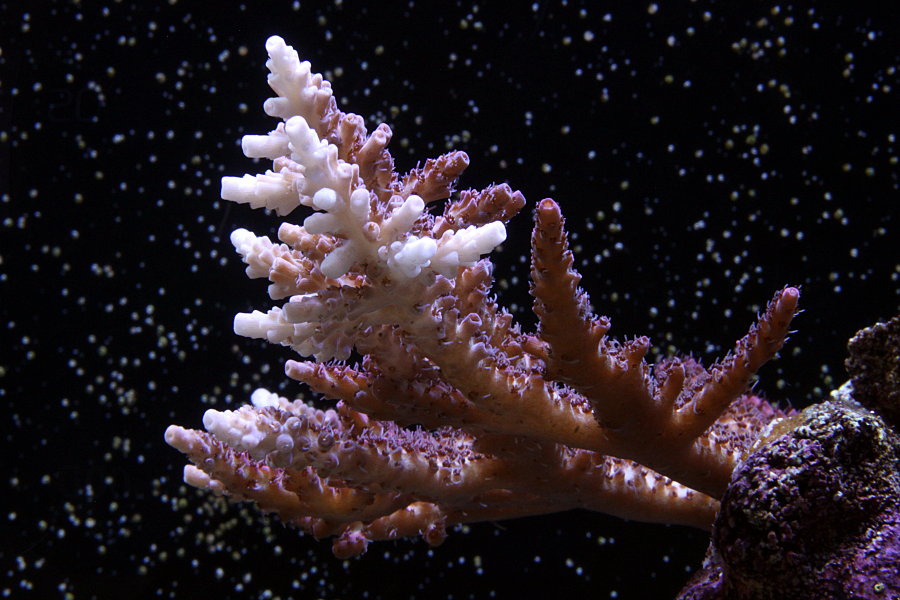
 RSS Feed
RSS Feed
